At the end of 2024, Nam Giang district approved a project linking the value chain of sika deer farming with product consumption for people in Ta Bhing, Ta Po communes and Thanh My town, Nam Giang district ( Quang Nam province) under the National Target Program on Poverty Reduction in 2024 (Sub-project 2 of Project 3).
Mr. Po Loong AÊ, Ta Bhing commune, Nam Giang district, (Quang Nam province) was excited when the deer antlers were harvested and sold to the market. Photo: VT
Receiving 4 spotted deer from the project to raise, Mr. Po Loong Bia's family in A Lieng village (Ta Bhing commune, Nam Giang district, Quang Nam province) was both excited and worried because this was a new model and breeding techniques were not yet available.
However, thanks to the guidance of project staff, encouragement from his family and local authorities, after nearly 7 months of raising deer, Mr. Bia's family gradually got used to raising and caring for deer.
Mr. Bia shared that raising sika deer does not require much care, and it is easy to find sources (mainly grass and some other natural by-products), so the cost is not high, and the risk of disease in the herd is very low. Every day, the sika deer are fed 3 times, with food from grass, bananas, and leaves, so it does not cost much.
"Sika deer are usually raised mainly for their velvet antlers. After 48 months, male deer will begin to produce velvet antlers, each weighing 500 - 600 grams.
On average, deer will produce antlers twice a year with the selling price per kilogram ranging from 10-12 million VND.
Raising spotted deer for velvet antlers, a new way to escape poverty in mountainous districts of Quang Nam. Photo: VT
The amount of velvet harvested is proportional to the age of the animal, so the older the deer, the higher the amount of velvet harvested, thus ensuring stable profits for the breeder. The breeder can be completely assured about the product output," Mr. Bia added.
The price of 1kg of deer antlers is currently from 10-12 million VND. Photo: VT
Along with 43 households supported in 2024, a group of 5 households in Ta Dac village, Ta Bhing commune raised deer according to a group model of households taking care of each other, with 20 deer. After more than 6 months of raising, some deer have been harvested.
According to Mr. Po Loong AÊ, raising sika deer is easier than raising other animals in the area and takes advantage of the available food sources in the area. On the other hand, households can also take advantage of deer manure to fertilize and care for crops. Currently, the group of households raising sika deer in Ta Dac village has harvested nearly 1kg of velvet.
According to the recommendations of the livestock industry, farmers need to clean their barns regularly to avoid mold and bacteria that cause skin diseases in deer and not let deer eat moldy food that causes intestinal diseases. During the antler growth stage, deer need to be supplemented with food with high starch content so that the antlers can reach weight and sell for a good price.
Mr. A Rat Bhen - Deputy Head of the Department of Agriculture and Environment of Nam Giang district, raising deer is many times more economically efficient than other traditional livestock.
Therefore, the district's agricultural sector has advised the district People's Committee to pilot 43 households in Ta Po, Ta Bhing communes and Thanh My town to access this livestock model. The locality will replicate the model to neighboring communes.
The model of raising spotted deer is expected to bring economic efficiency to many households in Nam Giang district. Photo: VT
"We aim to successfully build a model of linking sika deer farming according to the value chain from input supply, technology transfer, production organization, purchasing and consumption of output products with the direct participation of households, livestock cooperatives, and cooperatives under the support and supervision of state agencies. This is a new economic development model, hopefully opening up a sustainable way out of poverty for people....", said Mr. Bhen.
Source: https://danviet.vn/mo-hinh-nuoi-huou-sao-loai-dong-vat-hoang-da-thuc-hien-o-quang-nam-da-cho-nhung-ban-dat-tien-20250308111143354.htm


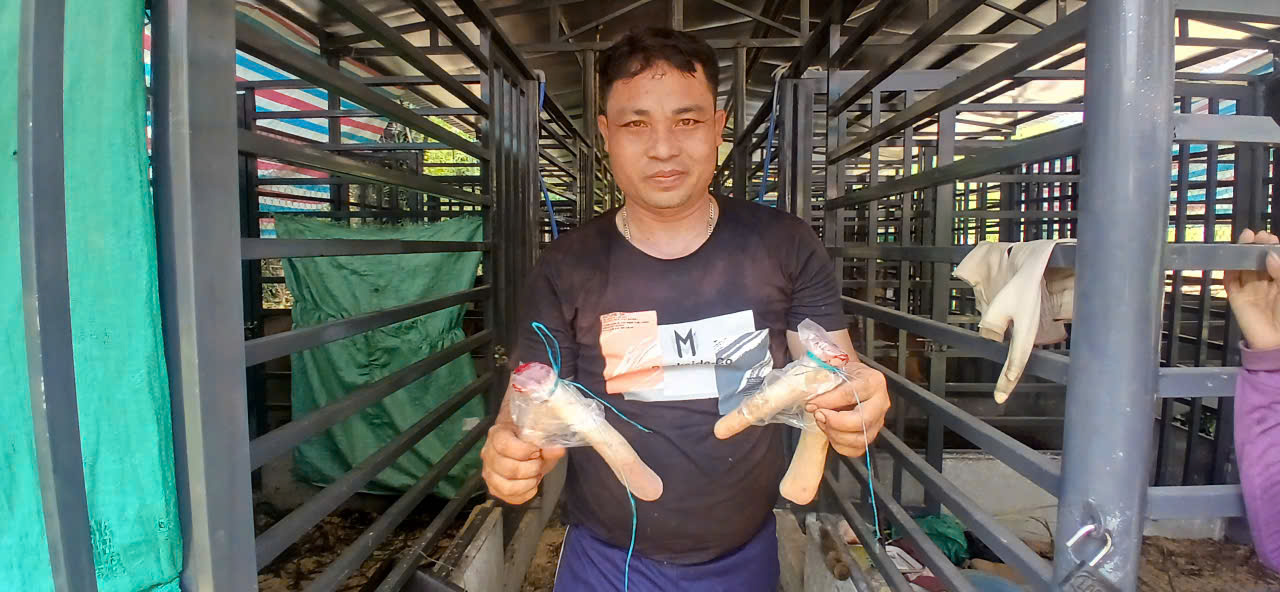

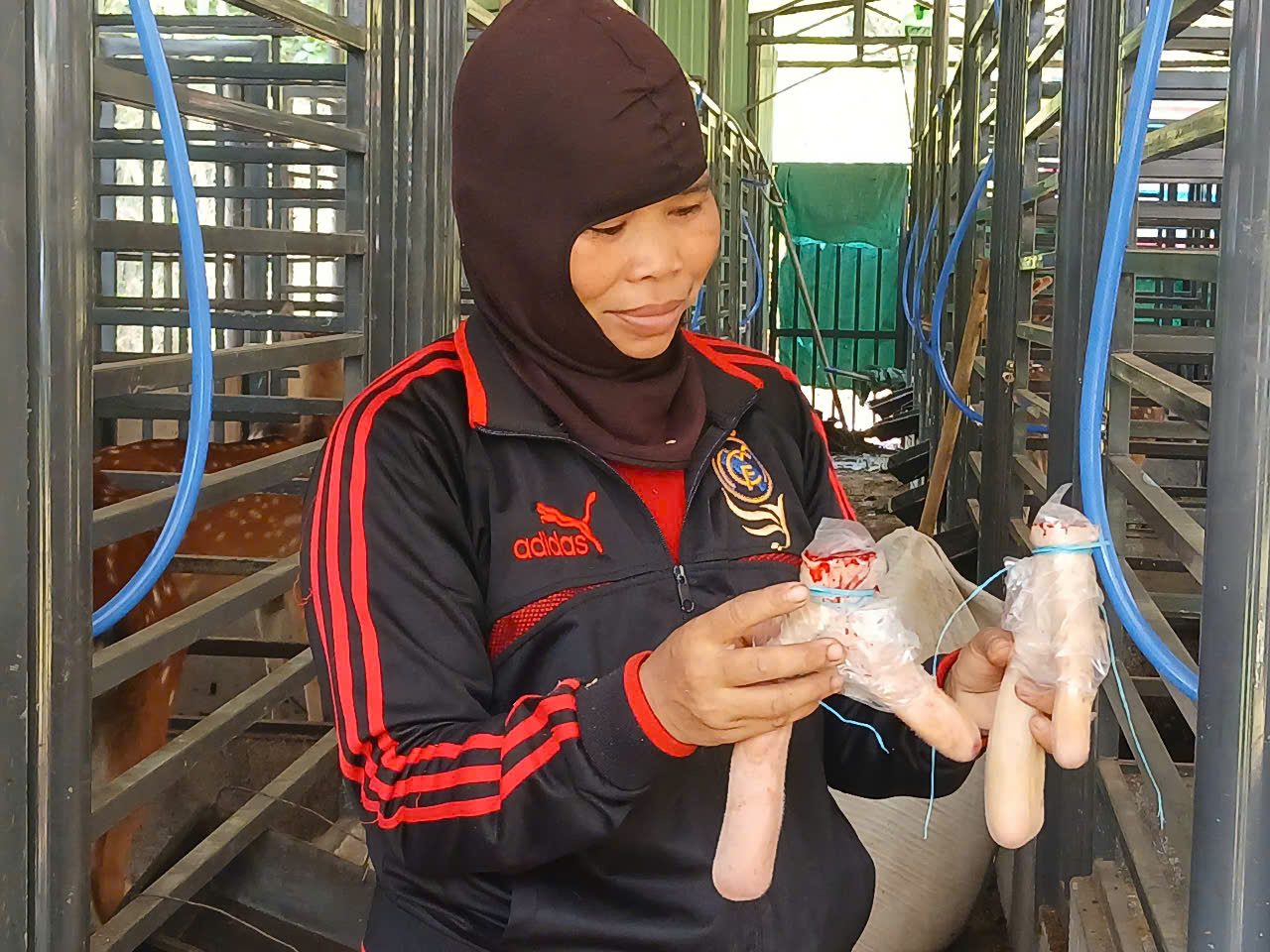
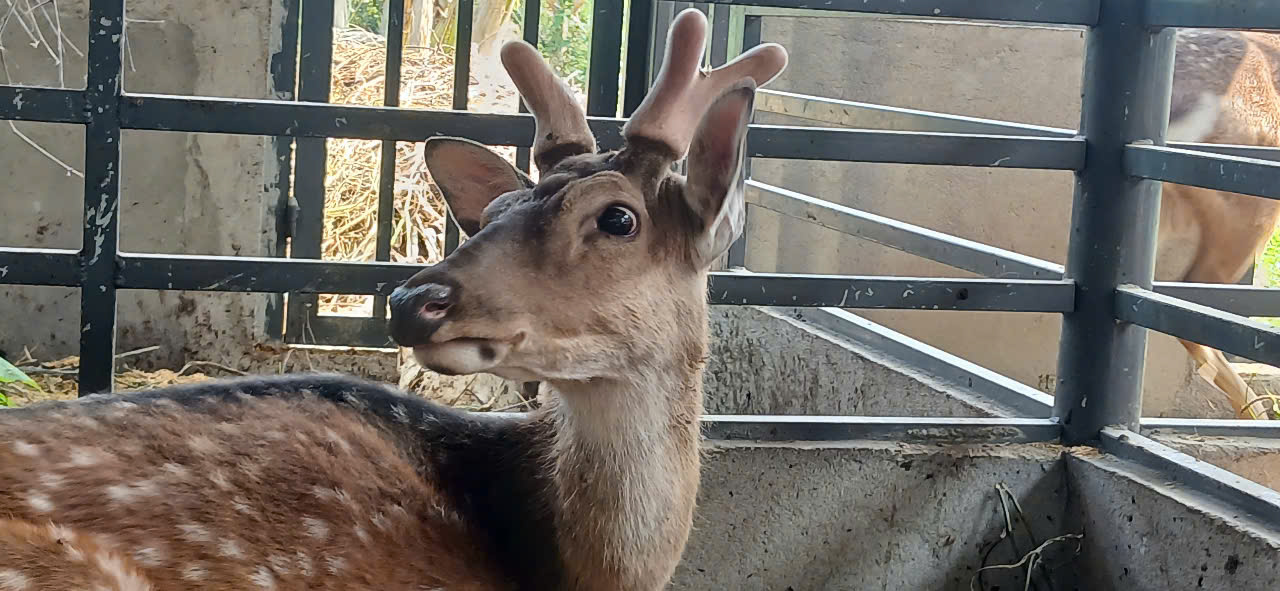
![[Photo] Ready for the top competitions of Vietnamese table tennis](https://vphoto.vietnam.vn/thumb/1200x675/vietnam/resource/IMAGE/2025/5/18/9c547c497c5a4ade8f98c8e7d44f5a41)

![[Photo] Party and State leaders attend the special art program "You are Ho Chi Minh"](https://vphoto.vietnam.vn/thumb/1200x675/vietnam/resource/IMAGE/2025/5/18/6895913f94fd4c51aa4564ab14c3f250)
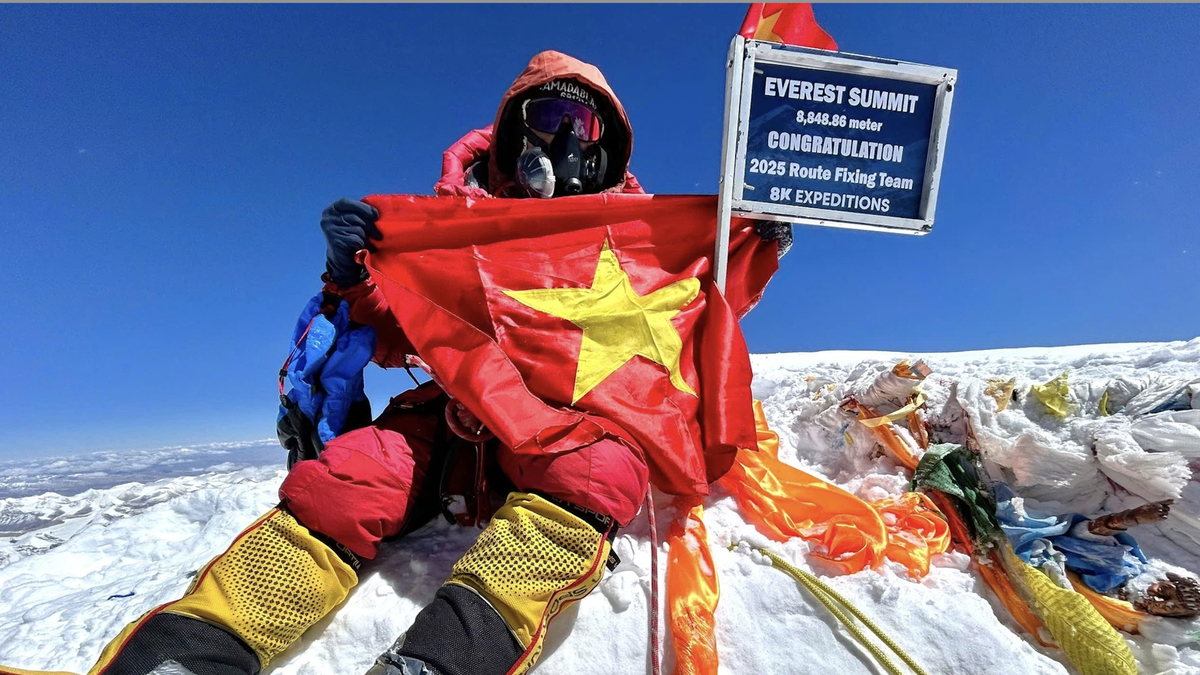

![[Photo] Many young people patiently lined up under the hot sun to receive a special supplement from Nhan Dan Newspaper.](https://vphoto.vietnam.vn/thumb/1200x675/vietnam/resource/IMAGE/2025/5/18/6f19d322f9364f0ebb6fbfe9377842d3)


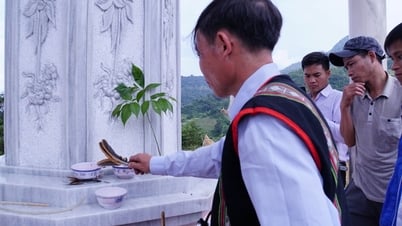



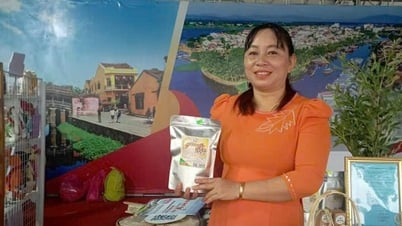

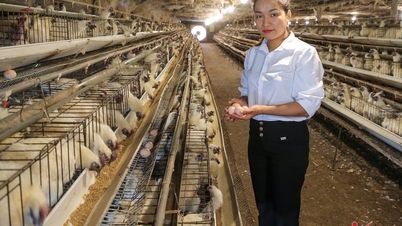
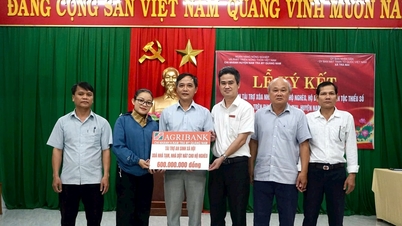
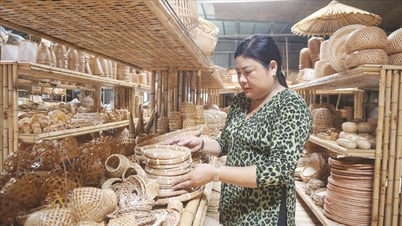



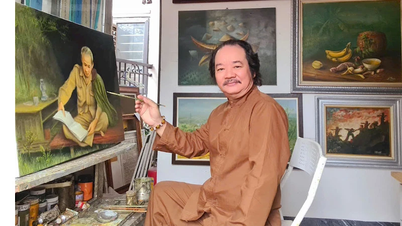








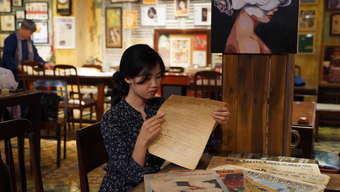


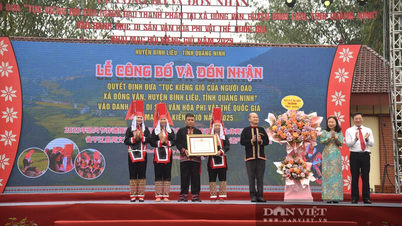
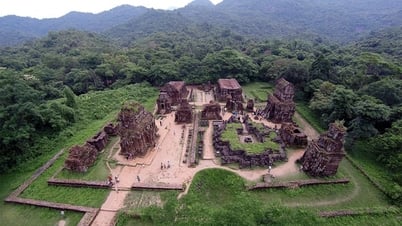

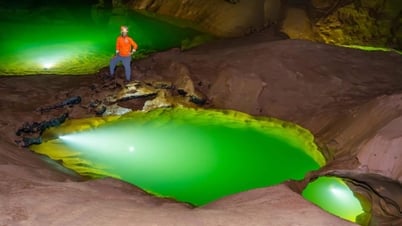
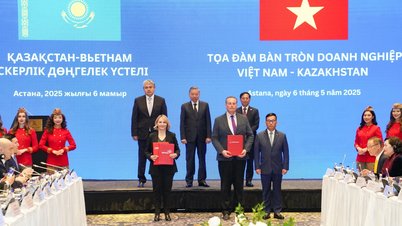


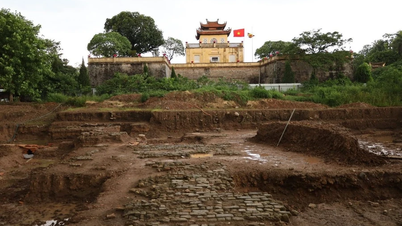

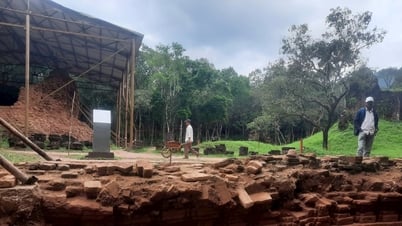











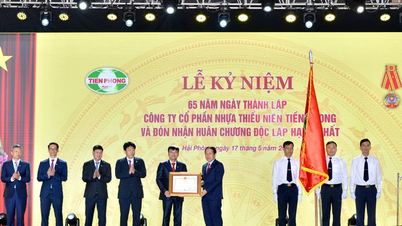


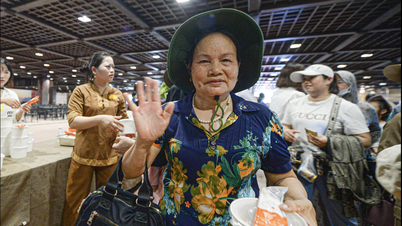






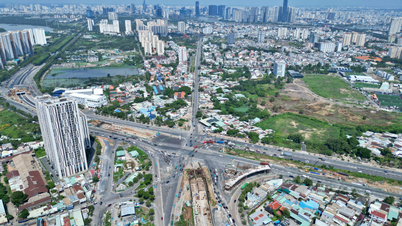


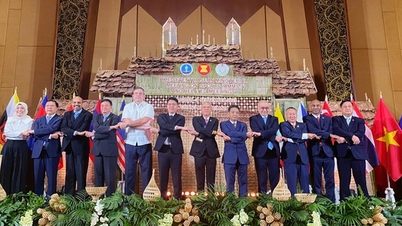

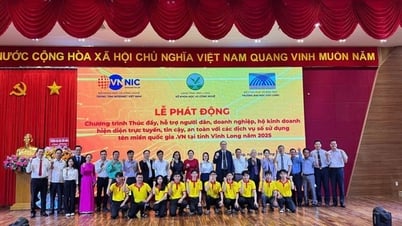

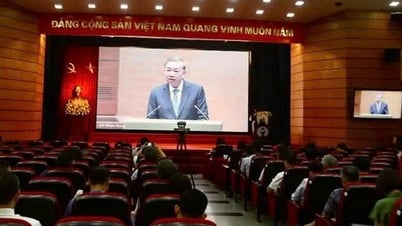
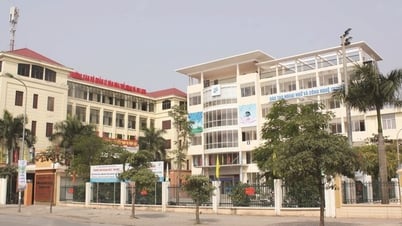

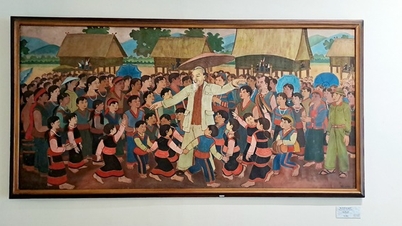




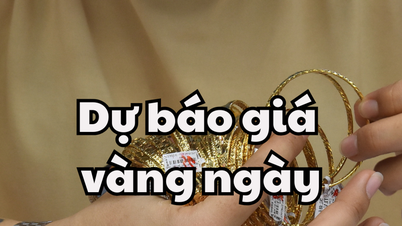
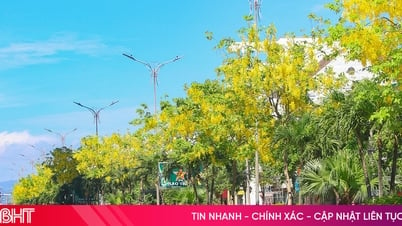


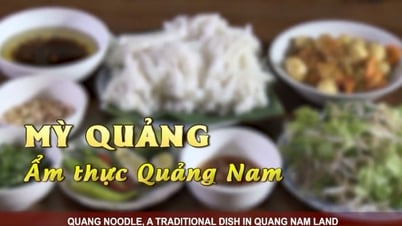
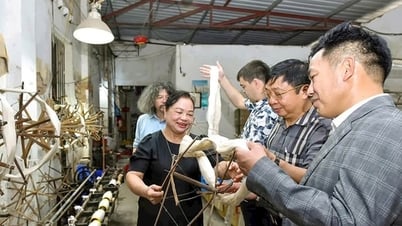



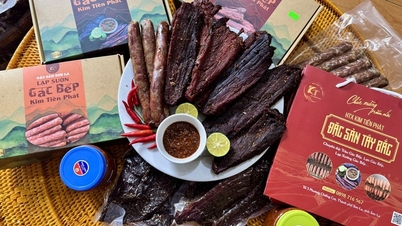

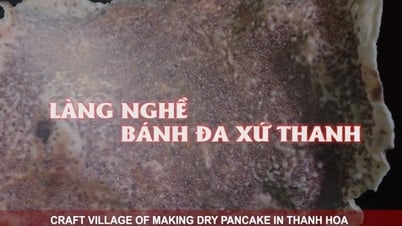
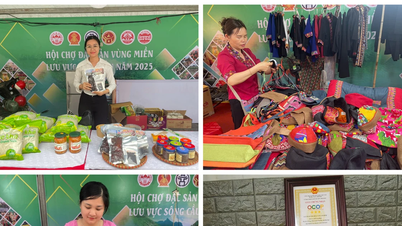

Comment (0)